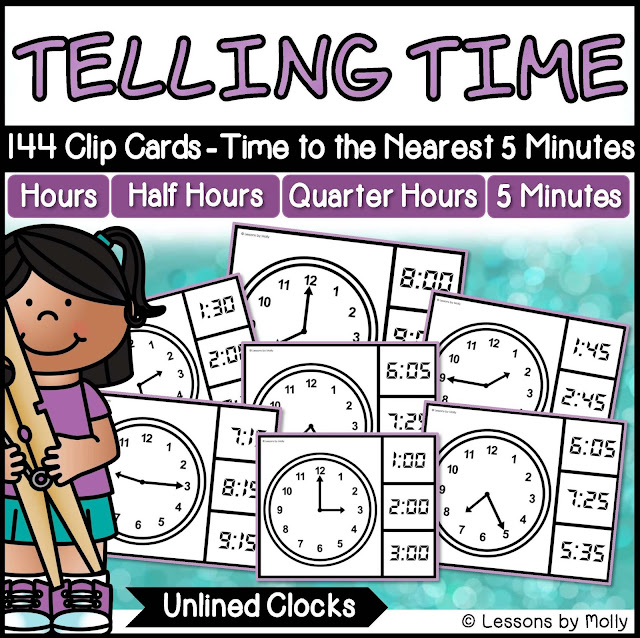Each of the COLOR by CODE sheets has a sentence at the bottom of the page for students to read. The sentences are related to the pictures. Sight words are willfully included within the sentences so that students can apply word recognition knowledge to reading whole sentences. First graders may need help reading some of the words - - such as the word "Pacific".
"Little Gal" has such a high energy level and she is practically jumping out of her chair as she reads. Nonetheless she is soaking up every minute of the reading exercise!
COLOR by CODE sight words sheets can be used as independent work when students are not working directly with the teacher. The students are coloring according to the key provided on the sheet. The children find the word and its assigned color. Then they color accordingly. The sight words are recurrent on the picture allowing children continuous exposure without a monotonous undertone.
Color words can be coded with crayons for students that haven't yet learned to recognize them by sight. There is no previous word knowledge required to complete one of the COLOR by CODE sheets. This helps minimize incorrect learning while increasing students' sight word knowledge.
I printed the 18 COLOR by CODE sheets and went to my office supply store to have the pages bound as a book. (They can also be bound with a stapler.)
The "book" format allows students to easily access their COLOR by CODE sheets for independent work time. If you teach six to nine new sight words per week, the COLOR by CODE sheets could be one of your weekly assignments which would continue over a span of 18 weeks - - one sheet per week. To maximize word knowledge acquisition, I recommend reviewing each set of words before the page is assigned.
Students that are crazy for coloring will love COLOR by CODE sheets - - like "Little Gal" who begged me for more! I think she also likes using her newly developed reading skills to read the sentences printed at the bottom of each page and learn what I wrote about the picture!
Each theme includes six printable pages with six to nine targeted sight words used on a page. I used the first 128 sight words which are commonly known as Fry words. A complete word list is included on the product description page.
If you are interested in this resource, click the image shown below to view it at my shop.
I also made a version with British spelling that can be found here:
A few months ago I made a COLOR by CODE Earth Day freebie with animal groups. Feel free to use it as a sample of my COLOR by CODE products. Here's the link that post where you can find the link to the freebie: Color by Code Earth Day. I also wrote some blog posts about strategies to use and pitfalls to avoid when using COLOR by CODE printables. If you'd like, read them here: STRATEGIES and PITFALLS.
That's all for now!
Molly McMahon, Lessons by Molly






















